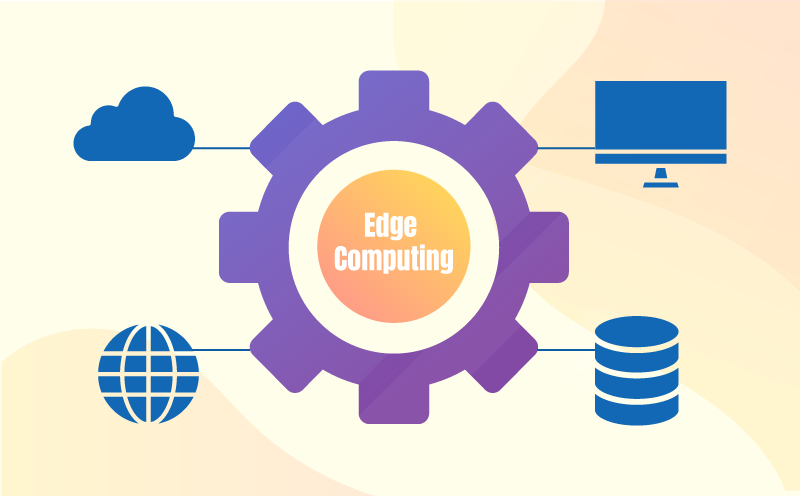What is Edge Computing?
Edge computing is a network model in which data is captured, processed, and analyzed. Edge computing analyzes where data is created in real-time and when it is created.
There are many use cases of edge computing such as traffic management, smart homes, content delivery, patient monitoring in hospitals, etc., and more.

Benefits of Edge Computing
The data gathered in the edge computing framework is processed in real-time in the same environment in which it was created.
The benefits of this framework are listed below.
- Boosts performance: Since the data needed is saved on the edge of the device, the latency that is involved in the other computing systems is eliminated, thus it boosts performance.
- Increases the data security: Since the data is processed within the edge and not in the central servers, hackers will not have access to a collection of data to attack. This enables edge computing frameworks to reduce the possibility of data breaches.
- Decreases operational costs: Since edge computing doesn’t deal with data in big volumes, and there is less or no involvement of the cloud. Therefore bandwidth and costs are reduced.
- Support for Artificial intelligence and Machine learning: AI and ML are very important technologies that are part of computer sciences and edge computing supports these technologies by processing volumes of data in real-time making it easier for AI or ML to obtain results faster.
- Durable and Trustworthy: With very less possibility of privacy issues and the ability of edge computing to process volumes of data with little or no hindrance makes edge computing durable and trustworthy.
Other than this, edge computing can also help enterprises meet compliance requirements, which in turn projects the company’s reliability.

